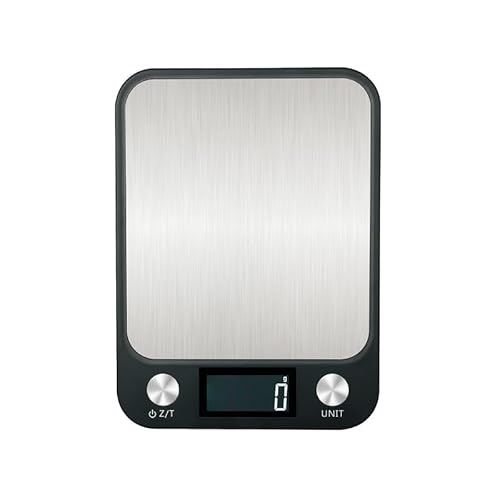Kohalatic
Member
- Joined
- Dec 31, 2011
- Messages
- 6
- Reaction score
- 1
Greetings all. I humbly ask that you be patient with me. I just made my first batch of soap and am wondering does lather increase with added curing time?
I just made my first batch of soap and am wondering does lather increase with added curing time?
My soap is
10 oz coconut oil
4.5 oz olive oil
7.5 oz palm oil
7.5 oz castor oil
0.5 oz kukui nut oil superfatted
11.4 oz distilled water
4.31 oz lye
The day after I made it I scraped all the leftovers from the stainless pan and smooshed it into a little blob and left it out. That was one week ago. Out of excitement I just tried bathing with it. It doesn't lather much.
Is there something wrong with my recipe or does it just need curing time? I anxiously want to make more this weekend and would like to know if I should adjust my recipe first.
Thank you.
My soap is
10 oz coconut oil
4.5 oz olive oil
7.5 oz palm oil
7.5 oz castor oil
0.5 oz kukui nut oil superfatted
11.4 oz distilled water
4.31 oz lye
The day after I made it I scraped all the leftovers from the stainless pan and smooshed it into a little blob and left it out. That was one week ago. Out of excitement I just tried bathing with it. It doesn't lather much.
Is there something wrong with my recipe or does it just need curing time? I anxiously want to make more this weekend and would like to know if I should adjust my recipe first.
Thank you.










































